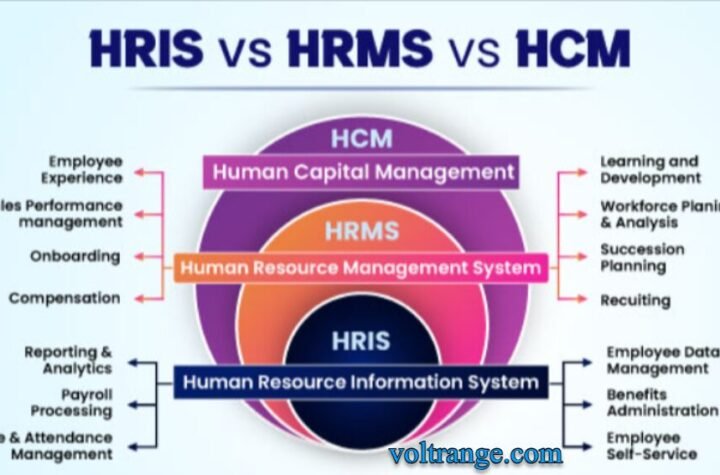
Photo Credit @jasminecoro
If you are a recent college graduate, you know how much hard work you put into getting your degree. The endless hours studying in the library and writing long papers and reports finally pay off when they call your name and you walk across the stage to get your diploma. Final exams are now behind, and it’s time to head out into the world and begin your journey in life. There’s a lot you have to take care of once you’ve graduated. You’ll be sending out lots of resumes and hopefully interviewing and getting a great new job. Many people start their careers by moving to a new city, so you’ll have to explore the area and find the best place to live.
Soon the reality of working all week sets in, and all too often you find that, even with a good paycheck, there’s barely enough money to make ends meet. When you start looking at your budget it’s easy to see that way too much of your money goes to paying off your student loans. If this sounds all too familiar, it might be time to consider refinancing options. Let’s run through the essential steps when it comes to refinancing a student loan.
Pay Attention to Your Credit Score
One of the best ways to trim your monthly expenses is to refinance your existing student debt. In order to get the best financing options available, you’ll want to prepare for the process by keeping a close eye on your credit score. Lenders use credit scores to help identify candidates they trust to pay back the debt, and with a great score you’ll qualify for better terms and interest rates. Your FICO credit score is based on information that’s in your credit report. Factors like your payment history, how much you owe, credit mix and how long you’ve had credit all matter. In general, scores in the 670 to 739 range are considered Good. If you are in the 740 to 799 range, you are considered to have Very Good credit. 800 and above is Excellent.
Be Employed and Have a Monthly Income
In order to qualify and get approved for a great student loan refinancing offer, you’ll want to be gainfully employed and have a good monthly income. A steady job with reliable money coming in each month will help the lender feel safe about giving you the credit you need. It’s also helpful if you have a track record of staying with an employer for a while instead of hopping from job to job. If you have a side hustle that brings in reliable money, you can also use that extra income to supplement your base earnings each month. The more you can demonstrate that you are steady, trustworthy and financially reliable the more likely you are to secure a solid loan.
Identify Lenders That Fulfil Your Needs and Get Rate Estimates
The next step in your student debt refinancing project is to identify the best lenders and get rate estimates from each of them to consider refinancing options. Fortunately, interest rates are currently at near historic lows so there are many good programs out there, especially from private lenders. When it is time to refinance, you’ll be able to consolidate your existing student debt into a single loan with a private lender. With diligent research, you will find attractive options that will help reduce both your monthly payments and the total interest paid during the loan.
Choose the Best Fit
Once you have sourced possible loan alternatives, you will need to go through them in detail and find the best fit. There are several things to consider as part of this process. Ideally, you’ll have an offer in hand that gives you both a great rate and easy repayment terms. You’ll want to decide whether you want to pay your debts off sooner, thus saving interest, or stretch the payments out to make things more affordable. In addition to comparing interest rates, you’ll want to decide whether you are locking in a fixed interest rate or you are comfortable going with a variable rate loan. With a variable rate pegged to the market, it’s possible to save even more money but you are opening yourself up to potential risk if interest levels start to soar.
Submit Your Application
After you have carefully evaluated your choices, you’ll want to make a final decision as to who your preferred lender will be. It’s always a good idea to look at the lender’s online reviews so you can make sure that they take care of their customers and treat them right. Once you are ready, you’ll want to gather your detailed information and spend the time to make sure you get your application right. When you are bundling several existing debts into a consolidation loan, you’ll need to double-check your data and make sure you’ve included everything you should.
Wait for Payoff
When your application has been submitted and approved, there will be a settlement period where your new lender has to pay off the balances on your previous notes. It’s not a simple process, so you’ll want to monitor what’s going on and make sure all the amounts are right. It’s helpful to know the ins and outs of what is involved with the payoff. Basically, your new funder will be paying off what is currently owed on the existing note. Usually, this amount consists of the balance owed from the prior statement plus any interest that has accrued between the last statement and the official payoff date. You will want to make sure that your current debts show paid in full.
If you take the time to do your research, you’ll be able to get a great rate when you refinance your existing student loans. By consolidating your existing obligations into one new loan, you’ll be able to make one easy payment and save money each month. Additionally, you should be able to save thousands of dollars in interest over the term of the note.





More Stories
Difference: HRMS vs HRIS vs HCM
Is Woodland an Indian Company? True Or Not
How HRMS Helps Reduce Hiring Costs and Game-Changer in Hiring?